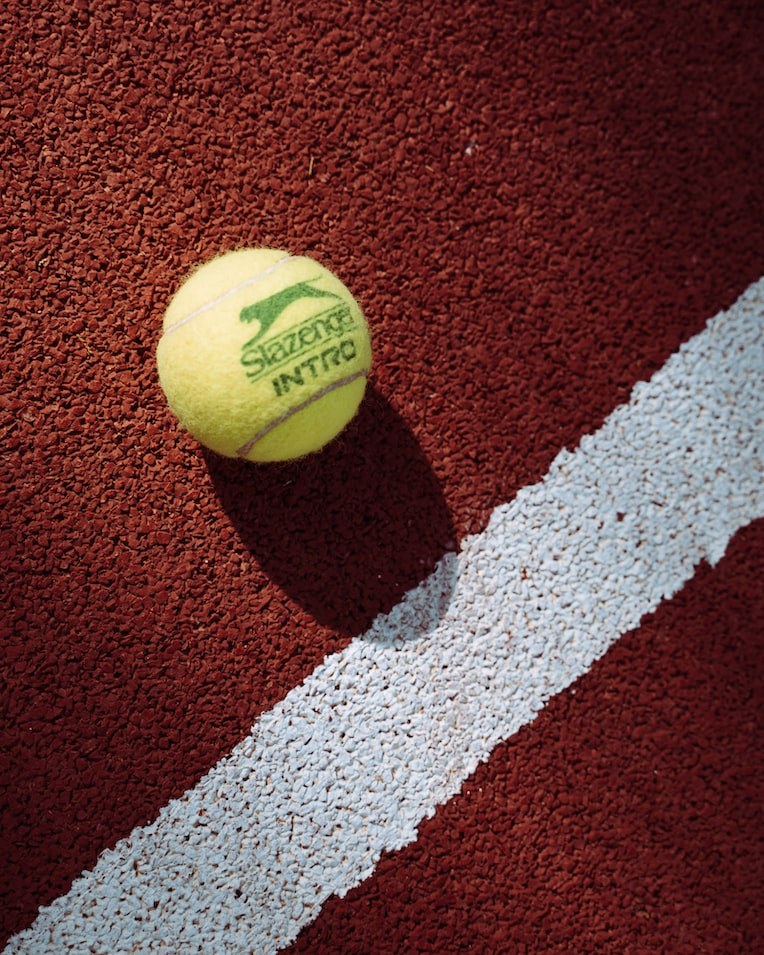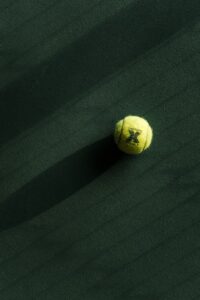The Science of Padel Ball Bounce Test: Explained
3 min read
The Science of Padel Ball Bounce Test: Explained
As a padel expert, I often get asked about the importance of the padel ball bounce test. And it’s a good question.
In padel, the ball is a crucial part of gameplay. Its size, weight, and bounce rate have a significant impact on the game’s outcome. That’s why the padel ball bounce test is so vital in determining which ball is best suited for gameplay.
So, let’s explore the science behind the padel ball bounce test.
What is the Padel Ball Bounce Test?
The padel ball bounce test is a standardized test used to measure the height of a ball’s bounce. It is done by dropping the ball from a height of 254cm onto a concrete surface. Then, the ball’s rebound is measured to determine the bounce height.
The test is conducted three times to ensure consistency in the results. The result of the average of these measurements is the ball’s official bounce height.
Why is it important?
The bounce of the ball has a significant impact on gameplay. A ball with a higher bounce rate will stay in the air for longer, making it easier to return. In contrast, a lower bounce rate ball will bounce off the court quickly, making it harder to return.
A ball with a higher bounce rate is also advantageous for beginners, as it gives them more time to react and hit a shot during gameplay. However, advanced players prefer a ball with a lower bounce rate, as it offers less reaction time for the opponent.
In summary, the bounce rate of the ball has a significant impact on the game’s outcome. The padel ball bounce test ensures that the ball meets a standard when it comes to rebounding.
Factors that Affect Bounce Height
Several factors can affect a ball’s bounce height, including air pressure, temperature, surface, altitude, and humidity. That’s why it’s essential to conduct the test in standardized conditions.
For example, the ITF mandates the padel ball bounce test is done at a temperature between 20 and 30°C, with a humidity rate of no more than 75%.
Types of Padel Balls
There are two main types of padel balls: pressurized and non-pressurized. Pressurized balls are used in professional matches. These balls have a higher bounce rate, are more durable, and retain their bounce rate longer.
Non-pressurized balls, on the other hand, have a shorter lifespan and a lower bounce rate. They are more suitable for recreational play.
Conclusion
In summary, the padel ball bounce test is a standardized test used to determine a ball’s bounce rate. It’s a crucial aspect of gameplay and ensures fairness and consistency in the sport.
From beginners to professionals, the padel ball bounce test plays an essential role in determining the type of ball that’s best suited for each player’s level. So, next time you step onto the court, think about the science behind the ball you’re using, and make sure it meets the standards set by the padel ball bounce test.






